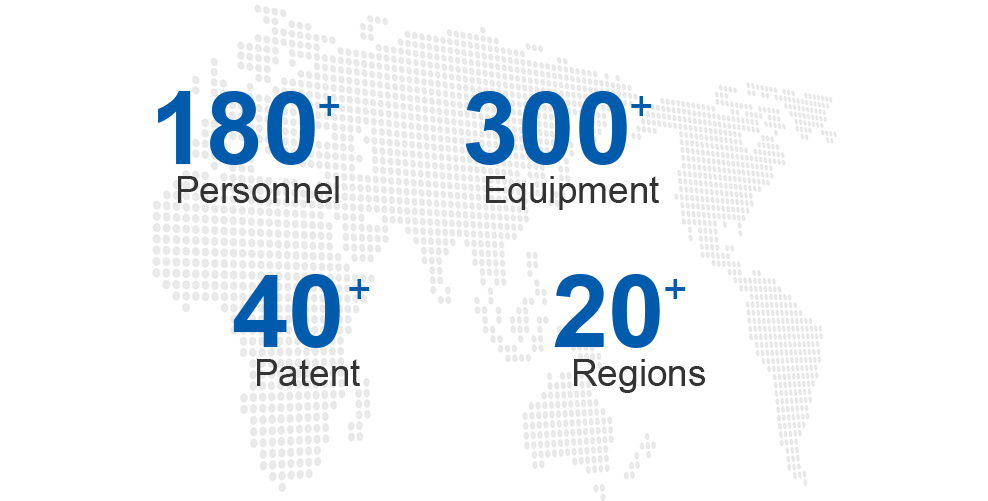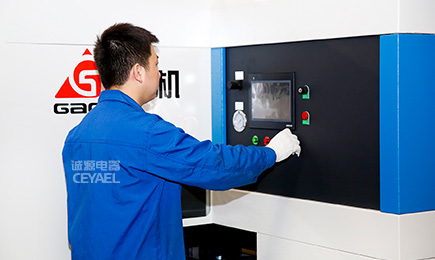Introduction to electrical clearance in low-voltage distribution boxes
Release time:
2022-05-13
Author:
Source:
Abstract
The low-voltage distribution box is a common electrical device, and many people are likely familiar with it. We often see many bare conductive parts appearing inside the cabinet, resembling copper (chemical formula Cu) plates. Generally, these bare conductive parts are neatly arranged, and there is some spacing between different bare conductive parts and the center of the casing, which we refer to in the industry as electrical clearance. Another related technical term is creepage distance. The question arises: what is electrical clearance? What is the purpose of maintaining electrical clearance? How much electrical clearance should be maintained?

1. What is electrical clearance and creepage distance?
1. Electrical clearance is the measurable spatial distance between two components or between a component and the protective surface of the equipment. This means that under the condition of maintaining the stability and safety of electrical equipment characteristics, insulation is achieved through air.
2. Creepage distance is the path measured along the surface of insulation between the centers of two components or between a component and the protective surface of the equipment (the current does not pass through high-power appliances or switch power sources). In other words, under different conditions, due to the insulation material (resin material) around the conductor being polarized by metal electrodes, it may cause the insulation material to exhibit an electrification phenomenon, which is referred to as creepage distance.
2. The functions of electrical clearance and creepage distance:
In simple terms, the electrical clearance and creepage distance inside a low-voltage distribution box are actually two related parameters for electrical insulation. In applications such as automotive relays and power switches in industrial control products, while complying with relevant standards, appropriate electrical clearance and creepage distance must be set to maintain the stability of their electrical characteristics.
3. Specifications for bare conductive parts:
The electrical clearance between different bare conductive parts and their casing in low-voltage metal distribution boxes should be greater than 20mm. The electrical clearance between bare conductive parts in control circuits and grounded metal products should also be greater than 20mm. When the spacing between busbars is less than 20mm: use bundling insulation methods, and try to maintain spacing according to the following requirements:
4. Common issues:
1. Moving components should be positioned poorly;
2. Creepage distance value should be greater than electrical clearance value.
Recommended Reading
Chengyuan Electric and Siemens join forces to create a better future!
2024-10-29
How to choose suitable box-type substations and cable branch boxes
2023-12-25
The role of cable junction boxes in automated control systems.
2023-12-15





